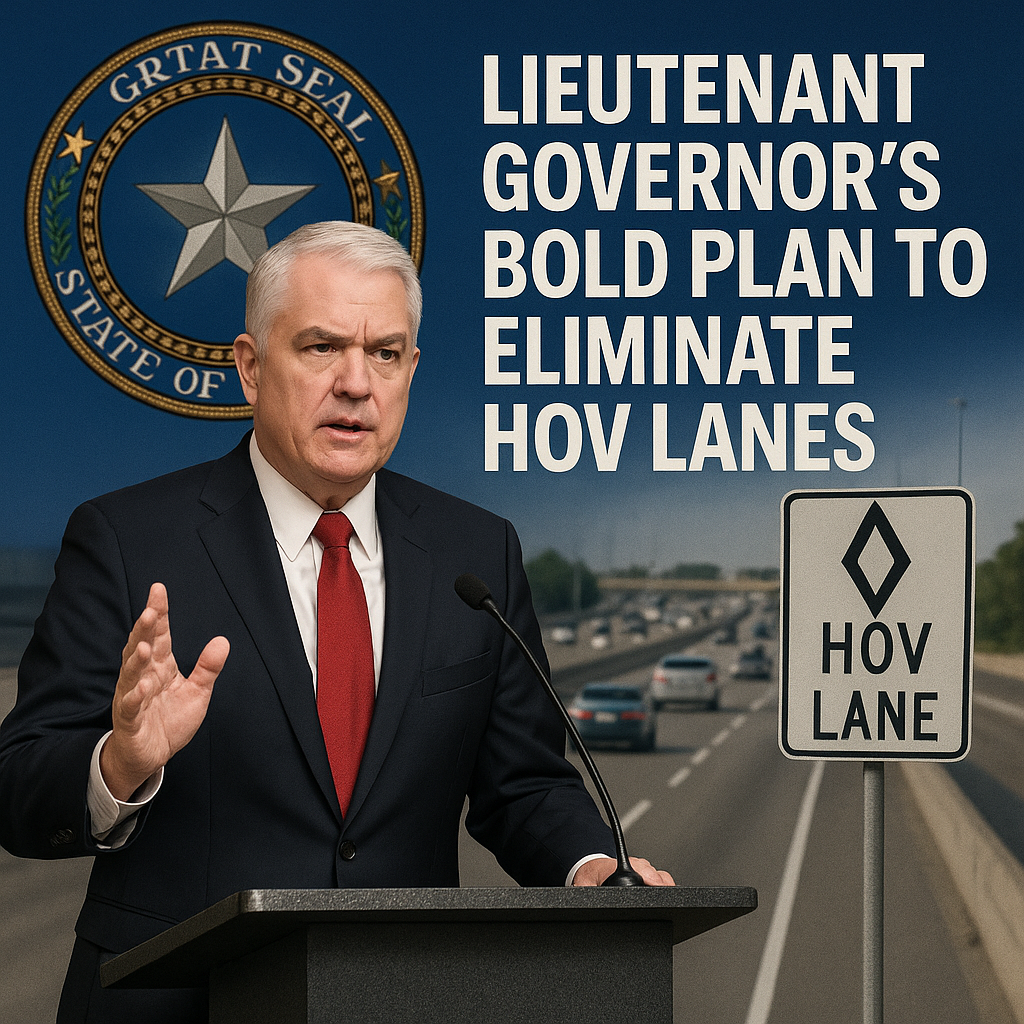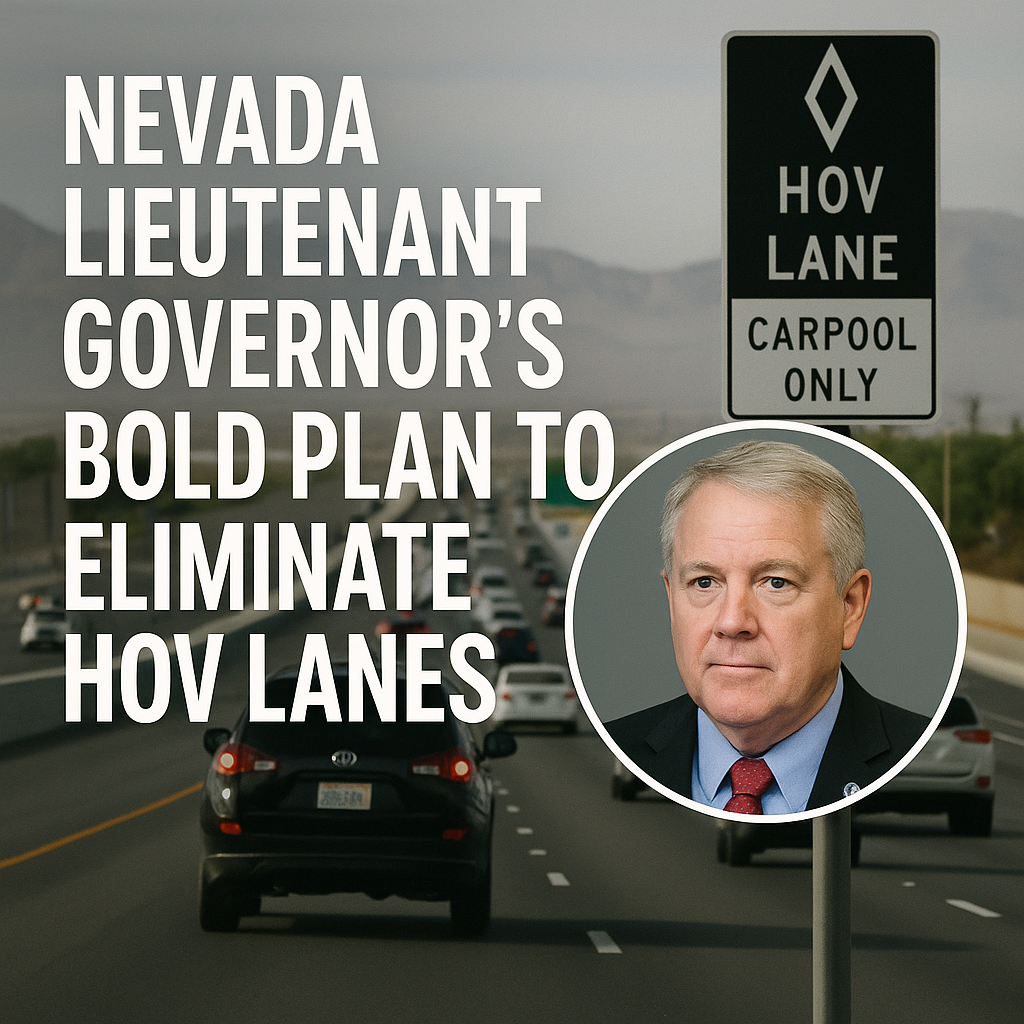Nevada Lieutenant Governor’s Bold Plan to Eliminate HOV Lanes
Nevada Lieutenant Governor’s Bold Plan to Eliminate HOV Lanes
Nevada Lieutenant Governor’s bold plan to eliminate High-Occupancy Vehicle (HOV) lanes has sparked a flurry of discussions among residents and policymakers alike. As traffic congestion becomes an increasingly pressing issue in urban centers, the move has raised questions about traffic management effectiveness and the implications for commuters.
The Case for Eliminating HOV Lanes

The Lieutenant Governor, a forward-thinking advocate for transportation reform, has proposed that the removal of HOV lanes could help optimize road usage and alleviate bottlenecks. Supporters of this initiative assert that HOV lanes often remain underutilized, and their existence may contribute to unnecessary traffic delays.
According to a recent article from 8 News Now, data suggests that many of these lanes do not serve their intended purpose effectively. “HOV lanes can create barriers that lead to increased congestion during peak hours, as drivers navigate to merge into general traffic lanes,” the article notes. By dismantling these lanes, the Lieutenant Governor contends that traffic flow could be improved, allowing for a smoother commute for all drivers.
Diverse Opinions on the Plan
However, opinions on this proposed policy shift are far from unanimous. Critics argue that reducing lanes dedicated to carpooling may encourage more single-occupancy vehicles on the road, exacerbating the very congestion the initiative aims to resolve. An article from the Las Vegas Review-Journal highlights concerns from community groups, who stress the importance of HOV lanes in promoting carpooling and reducing the overall carbon footprint.
Many believe that eliminating HOV lanes could undermine efforts to encourage sustainable commuting practices. “Carpooling is not just about reducing traffic; it’s about environmental responsibility,” said a representative from a local environmental group. This sentiment reflects deeper worries about the potential negative impacts on public transportation initiatives and the region’s commitment to reducing emissions.
Analysis of the Broader Impact
Though the proposal has merits, it is essential to weigh its implications carefully. The ultimate objective should be to create a more efficient transportation network. The Lieutenant Governor argues that redistribution of traffic lanes could lead to an improved flow, particularly if combined with infrastructure upgrades and advanced traffic management technologies.
One potential compromise could involve a hybrid approach that maintains some HOV lanes while simultaneously optimizing the overall system. This could allow for targeted investments in public transit while also meeting the immediate needs of congested roadways. As the local community engages in discussions about this proposal, it will be imperative to consider multifaceted strategies that accommodate various commuting preferences and environmental goals.
Looking Ahead: What Will the Community Decide?
As public forums and community discussions unfold, it remains unclear whether the proposed elimination of HOV lanes will gain traction in the legislative assembly or among the public. While the Lieutenant Governor’s vision for streamlined traffic management reflects innovative thinking, the mixed responses from various stakeholders highlight the complexity of transportation policy-making.
The input of local commuters, environmental advocates, and infrastructure experts will be pivotal in forming a balanced approach to the issue. What remains evident is the need for a holistic evaluation of how best to manage Nevada’s growing population and the associated traffic challenges.
In the end, while the idea of eliminating HOV lanes might offer an enticing solution to some, the community must consider all perspectives to ensure that any changes contribute positively to the region’s overall transportation strategy. The essence of this debate lies not just in the lanes themselves but in how they reflect broader societal commitments to sustainability, efficiency, and community engagement.






